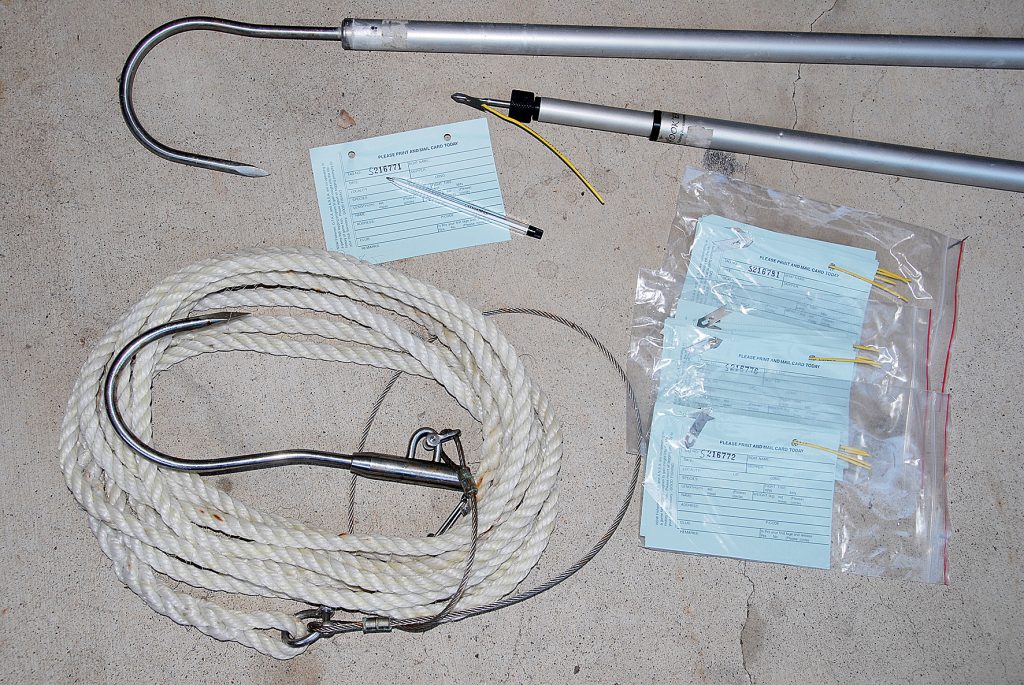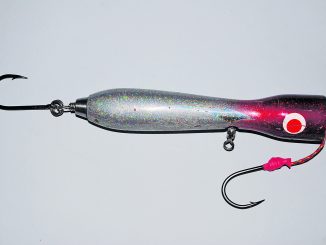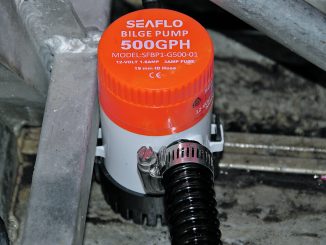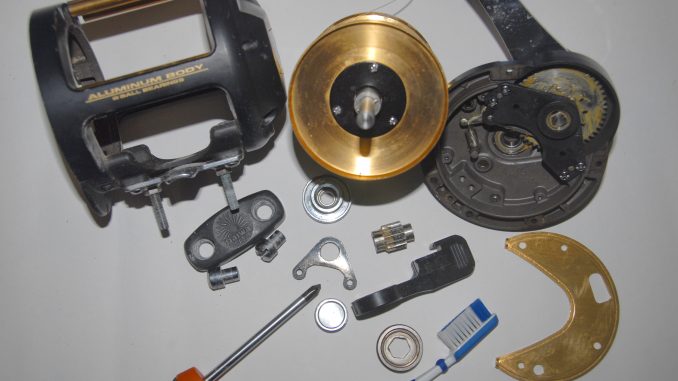
by Gordon Macdonald •
With summer upon us, warmer water conditions will cause an increase in the numbers of pelagic species throughout offshore waters. Holidays are not too far away for many anglers, so now is the time to start thinking about the gamefishing season ahead.
Gamefishing is a fairly expensive yet exciting sport. With so many hours put into the actual fishing as well as money spent on boats, fuel and equipment, it pays to have everything in perfect working order for when that strike and screaming run is forthcoming.
Being prepared now for when you finally get out on the water will increase results and decrease frustration. It is not just the boat that you need to get serviced, your tackle and rigging also needs attention. Let’s look at a few items that should be checked for the upcoming gamefishing season.
Prepare or despair – it’s up to you.
REELS
Even the best quality reels will need regular servicing to keep them in good condition. Some anglers have the time and skills to service their reels themselves but if you don’t, taking them to a store with a qualified reel mechanic is the obvious choice. Your reels will be disassembled and each part cleaned and checked for any serious wear or faults. Noisy bearings (usually slightly corroded) can be replaced and drag washers checked for wear. Before reassembly, the gears and other relevant parts are lubricated with quality water-dispersing grease and the bearings are oiled. A final check of functionality is completed once reassembly is completed. The reel should be removed from the rod so that the reel clamp nuts and area around them can also be cleaned, because this is an area where salt build up is common.
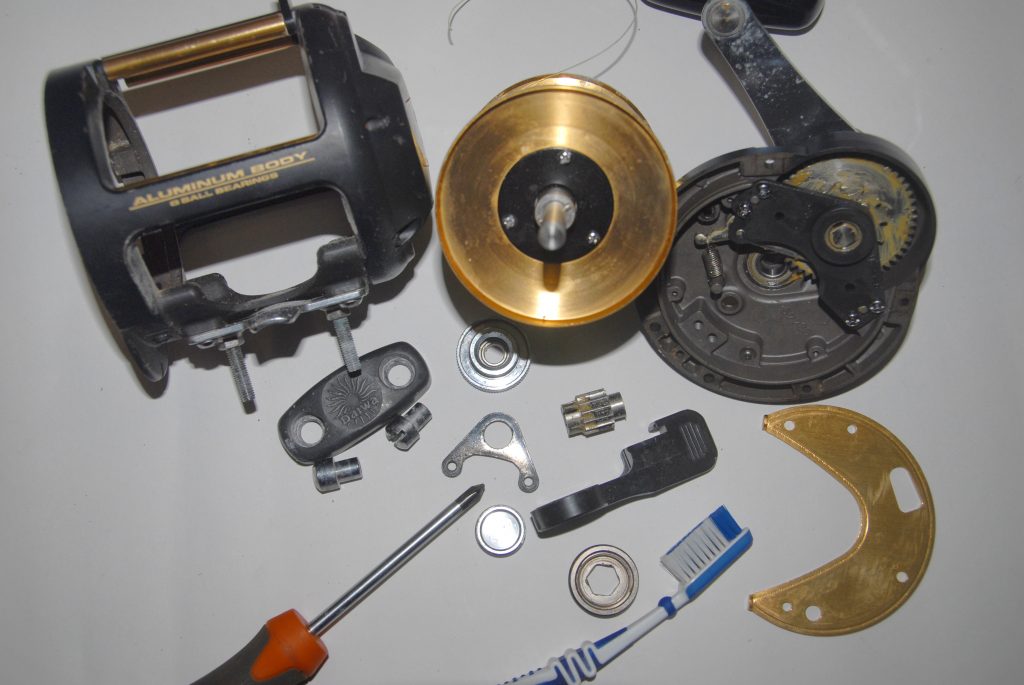
RODS
Whatever rods you have in your arsenal, checking them will greatly reduce the chance of having frayed or broken line after that pelagic takes a screaming run. Because line runs across the guide or roller at speed, you need to check every one methodically for faults. Rollers can become stiff to the point of seizing if salt causes corrosion of the roller bush or pin. Even if the roller is running freely, it is a good idea to remove every screw and pin to lube the thread of the screw, otherwise you may go to remove it at some stage and you won’t be able to get it undone. All roller parts should be lubricated with a viscous grease or oil before reassembly. Inspect rod guides visually for cracks in the frames or inserts. A small blade can be run around the inside of the insert lightly to check for any hairline cracks. Tip runners cop a large amount of the abuse and are most likely at fault. If you have a rod with a detachable butt, cleaning the thread and applying a light coat of grease is recommended. Check over the rest of the rod to determine any additional issues.
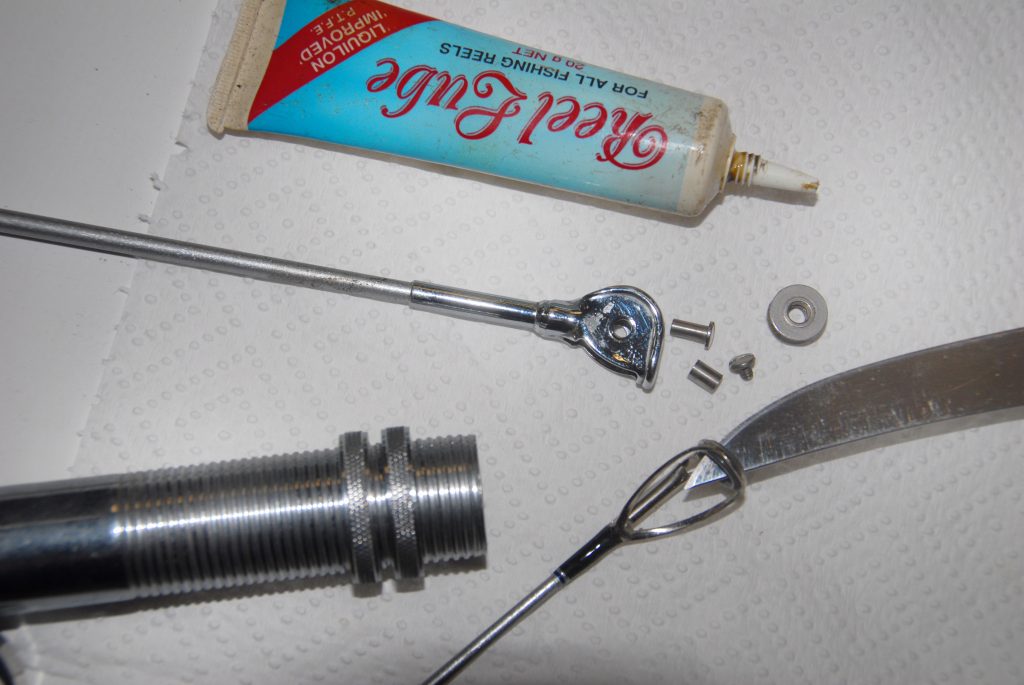
LINE
Due to a change in IGFA rulings a few years ago in relation to line backing and top shots, there are now numerous ways to spool your reel. Some choose straight monofilament, others do Dacron backing with a 100m or more of top shot, and others use braid backing (often hollow core) with a top shot of IGFA monofilament. Being IGFA compliant is only required if you are wishing to fish under their regulations for tournaments, club point scoring or record purposes. For the average angler, there is no stipulation on line brand, type or breaking strain. Monofilament main line and monofilament top shots should be checked for wear. If your monofilament line is becoming opaque or rough then it has deteriorated or worn out and needs to be replaced. Braided line and Dacron will also be worn if it is rough, ratty-looking or they have individual fibres protruding. Don’t skimp on line, as it’s the only thing connecting you and the fish. If you break off a fish, you are also losing an expensive lure.
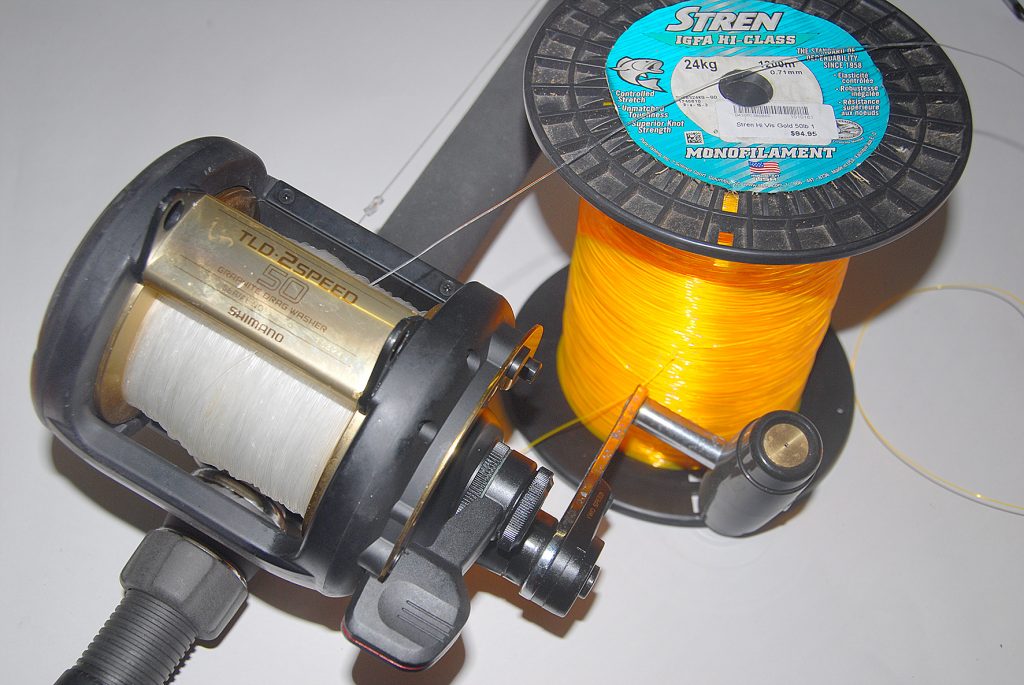
KNOTS
Game fishers can use a lot of different knots, including splices, plaits, bimini twists, spider hitches and uni knots. As with your line, a knot failure can quickly disconnect you and the fish. Although you need to check some knots on a regular basis (usually daily) when gamefishing, retying all of them at the start of the season will have you ready for that first hit out. If using a hollow-core braid or Dacron backing, redoing your top shot splices is recommended. This is a little tedious but should be done at the start of every season, or at least checked and inspected thoroughly. Doubles (usually using a bimini twist, plait, Cairn’s quickie or spider hitch) should be retied and also checked for length compliance if fishing under GFAA or IGFA regulations.
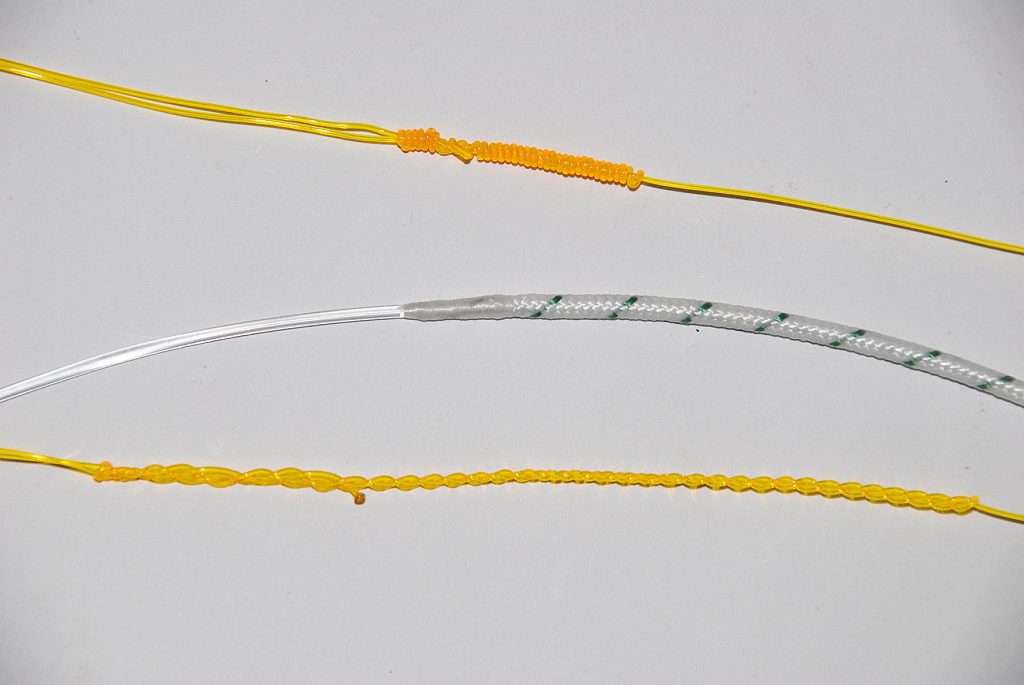
WIND-ON LEADERS
A well-made wind-on leader will last a good amount of time, often a season or more, but should be checked regularly to see whether the monofilament has slipped through the Dacron or whether the whipping thread that stops the Dacron from fraying at the end has begun to come undone. If both are the case then you need an entirely new leader; however, if only the whipping thread is frayed or ragged, it can be redone. Replacing all your wind-on leaders with new ones at the start of the season is a good idea. Last season’s ones can be kept for spares. Additionally, you may need to check the length of your leaders for IGFA compliance. The ball-bearing snap swivels on the end of your leaders should be checked to confirm they are spinning freely and if in doubt, replaced. Check the crimped loop attaching this snap swivel for wear, however I would always suggest cutting off the old snap off and re-crimping it or replacing with a new one.
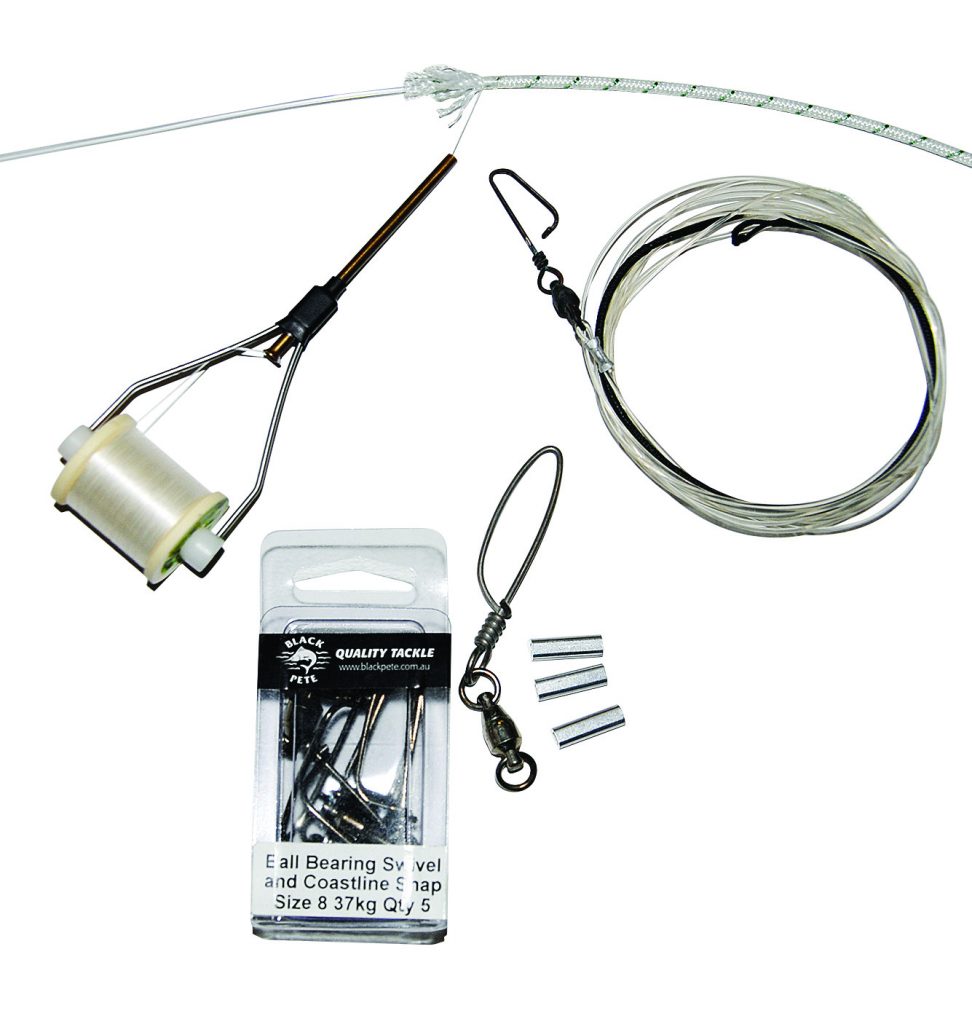
DRAG SETTING
Once your rod and reel outfit is serviced and back together with line checked or replaced, you will need to re-calibrate your drag. If you are a seasoned angler, you will have a particular drag setting that you like and will know how to do this.
If you are a newbie to the gamefishing world, you can follow the basic rule of thumb with drag settings of one-third the breaking strain of the line. This means that at the full strike drag setting, the pressure needed to pull line off the spool is a third of the line’s breaking strain (i.e. 5kg for 15kg line and 8kg for 24kg line). To do this (assuming you are using the conventional lever-drag overhead) set up your rod and reel and then thread the line through the guides/rollers. Attach the line to a set of weighing scales. With the lever drag in the strike position, the scale should pull down to the desired weight as the line starts to peel off the reel. The drag adjustment knob is on the same side as the drag lever but should not be adjusted unless the lever is pulled back to the freespool position. You will probably need to do several adjustments to set the drag. Put the reel into strike and test the drag. If it’s not right, put it back into freespool to adjust tension. Repeat until you get the desired amount of drag pressure set at the strike drag position. Once the required drag pressure is set, return the lever drag to the freespool position (or just above it) so there isn’t constant pressure on the drag washers while the reels are not in use.
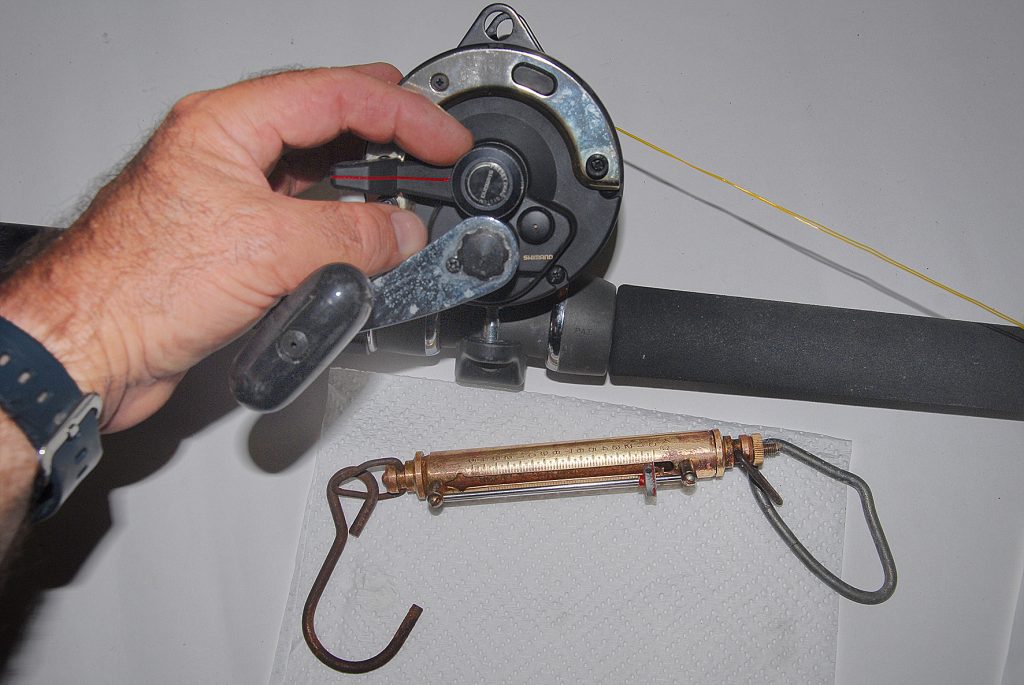
LURE RIGGING
The single or twin hook rigs in your skirted lures should be checked for wear and corrosion. Monofilament and fluorocarbon leaders should be replaced if badly chafed. Wire leaders must be corrosion free or replaced. Crimped loops should be checked for wear and redone if necessary. Hooks need to be checked for fatigue and sharpened. Anode tape may need replacing on chemically sharpened hook rigs and worn-out heat-shrink should be redone. Piano wire leaders on bibbed and lipless minnows will fatigue with numerous uses and may need replacing. Give all rigging a good check over and replace anything that is worn or in doubt.
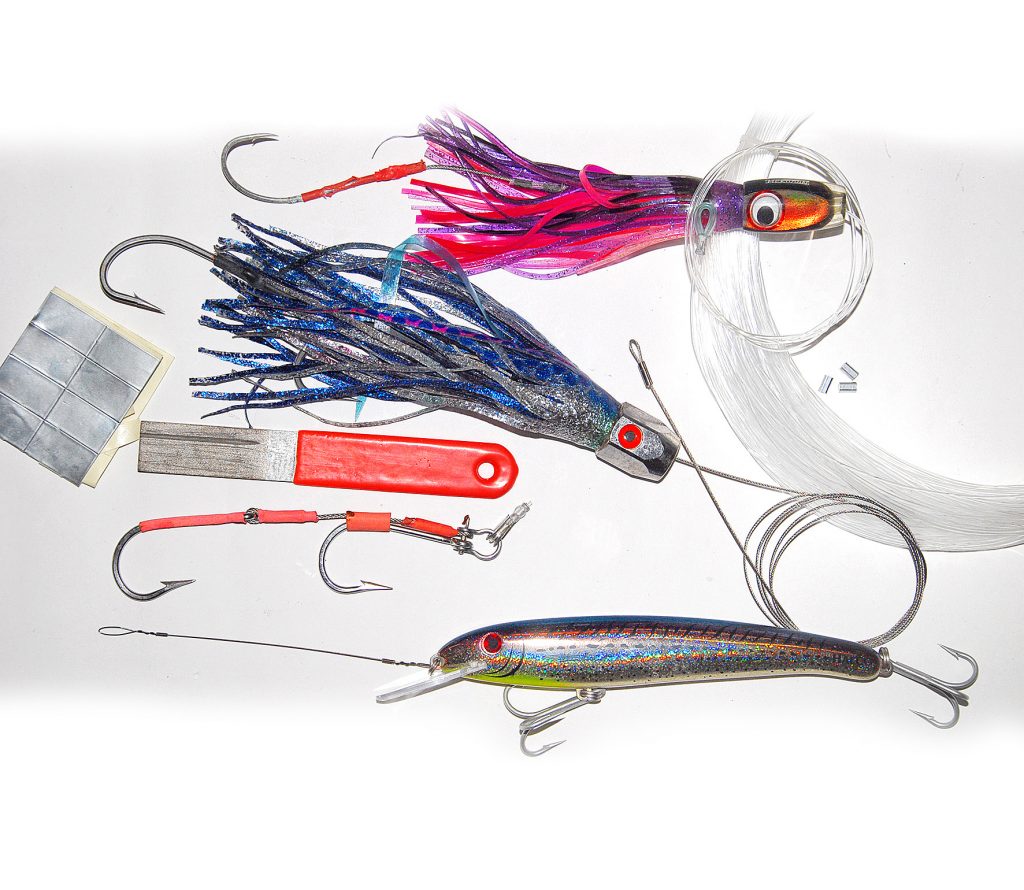
RIGS
If you do any live baiting, you can make up extra live bait rigs that are ready for use when needed. These can be stored in a clip seal bag or a tackle wallet. You may also need to check your supply of bait jigs used to catch live baits. Other items used regularly by gamefishers such as skipping and swimming garfish rigs, rubber bands, spare hooks, an assortment of ball sinkers for live bait rigs and other rigging purposes, octopus skirts, crimps, bait stitching needles, bridling needles, waxed thread and anything else you use should all be checked and restocked.
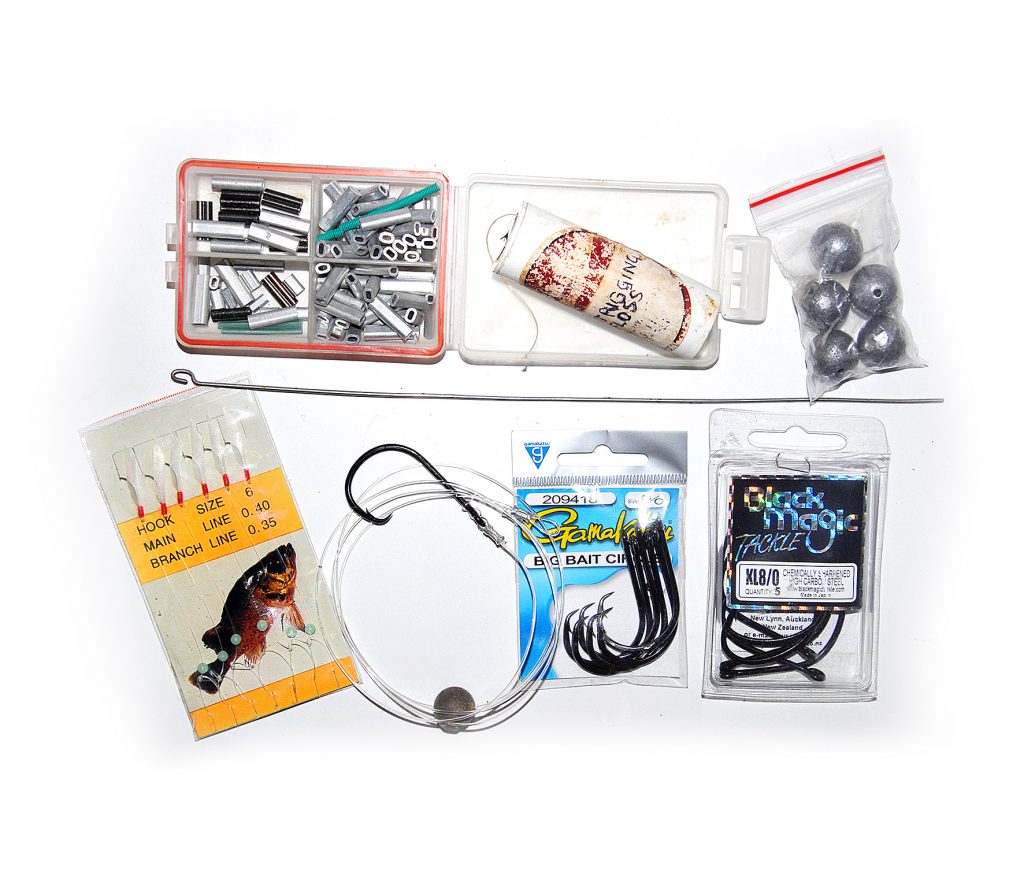
TOOLS
Gaffs should be sharpened and re-shaped if necessary. Hook-out guns, pliers, crimping pliers, knives, bill-snooters, tail ropes, flying gaffs, tag poles and the like should be checked for function and corrosion. If you use outriggers or downriggers, check the release clips and the cord/wire/mono on them, replacing or adjusting any likely to let you down. Ensure you have enough tags if necessary and that your pen for the tag cards actually writes.
